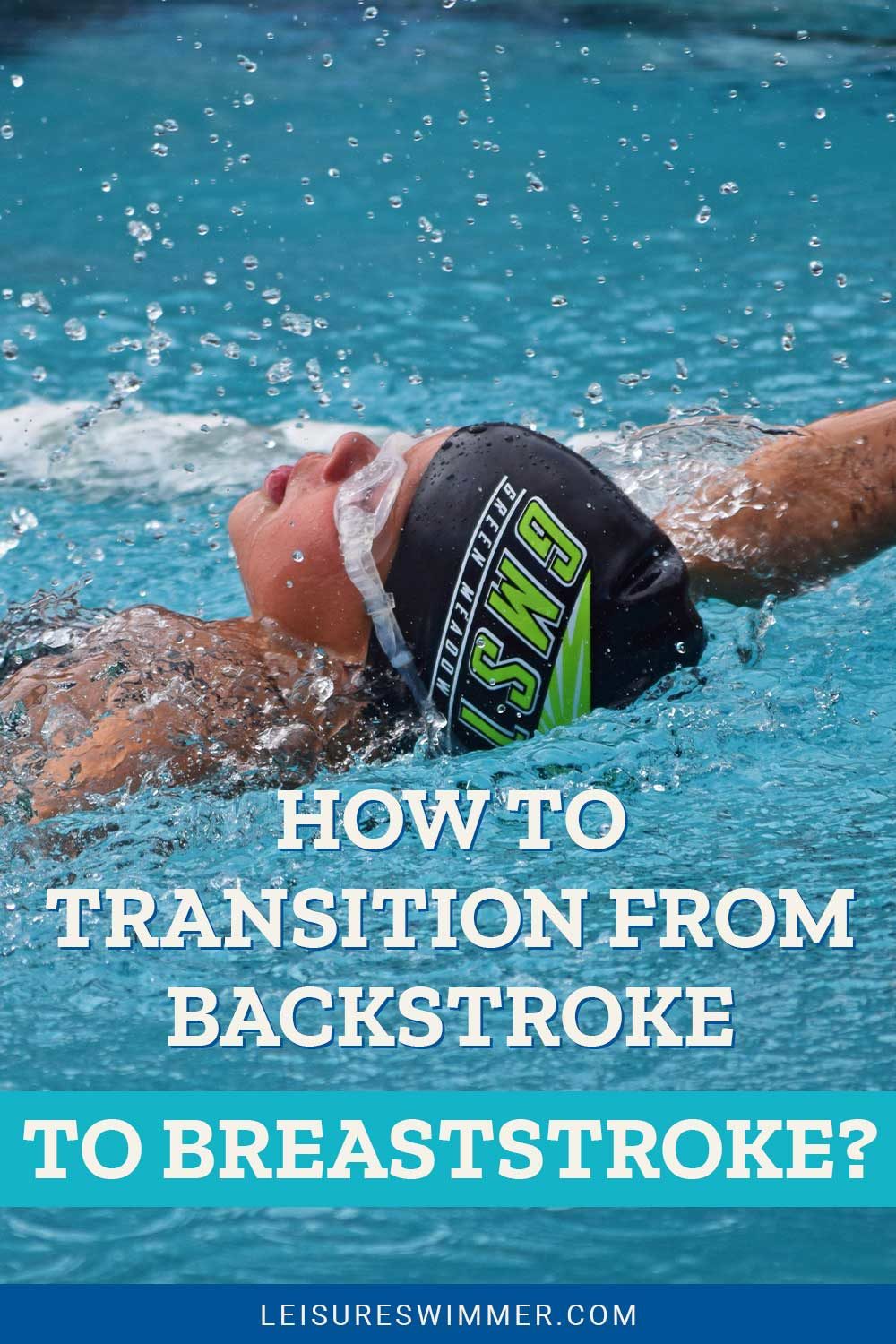How to Transition from Backstroke to Breaststroke?
We may earn commissions for purchases made through links on our site. Learn more on our about us page.
The backstroke requires a swimmer to have a straight back and to be atop the water, floating in a sense. Each kick and arm-pulling motion will give a pivot point to rotate on. A simple twist and thrusting the arms forward will be the basic idea behind the transition.
Otherwise, after learning the breaststroke and freestyle swimming techniques, there will be little more needed to learn the backstroke. In this article, we will visit the different aspects of the transition from one stroke to another, whether in the pool or in open water.

How to Do the Transition
First, we will discuss doing this transition in the pool, which will happen at the end of a lane before performing a one-eighty and heading back down the length of the pool. There are going to be three basic ways to do this:
- Open Turn – Slower than the other turns, the benefits come from the ease in performing and help get the swimmer extra air.
- Bucket Turn – This technique is for those with longer limbs, bigger lungs, and time to practice.
- Spin and a twist – The most popular technique is throwing your feet up in the air and doing a little twist before pushing off.
How Long Does it Take to Do it?
The time taken to perform the movements in the midst of a race should take seconds and be done as fast as possible. The best racing swimmers will have perfected this transition in order to get the best jump and time.
As far as learning the techniques for making these transitions come from years of practice, many student-athlete swimmers will have started at a younger age and will still be working on these transitions.
Additionally, beginners looking to be more casual about the times and are more interested in the health benefits can slow this motion down and will not be pressed to make the turn as fast as possible.

Step-by-Step Guide for proper Transitioning
Here is the easiest way to make the transition; it will be slower than the rest of the techniques but also takes the least time to practice before becoming adept. Here are the basic steps for you to practice:
- Finish the final stroke on your back when approaching the wall, keeping your lead arm extended.
- Take a breath and perform a flip onto your stomach.
- Push off the wall on your stomach.
How Long Does it Take for Athletes to Transition?
This will be one of the many areas in which professional swimmers will look to shave seconds, and the transition will be crucial in pool racing competitions.
The fastest swimmers can perform the transition in the blink of an eye, taking a short second or two to go in and out of their turns.
Next time you watch the Summer Olympic Games, take a moment to watch the swimmers’ transitions and watch how quickly they go from the backstroke to the breaststroke; notice the winners have the best techniques through those turns.
Final Thoughts on How to Transition from Backstroke to Breaststroke
There is no rush for those casual swimmers to learn anything more than a simple open turn, or my favorite is to grab the poolside, take a breath, and push off again. Not meant for speed but more for giving the body enough oxygen to work with.
Professional swimmers and those looking to take it to the next level will be wise to work with their coaches and find the fastest transition they can perform.
Perfecting that technique and becoming almost inhumanly fast at it will take practice; this means getting into the pool and getting that work in.


